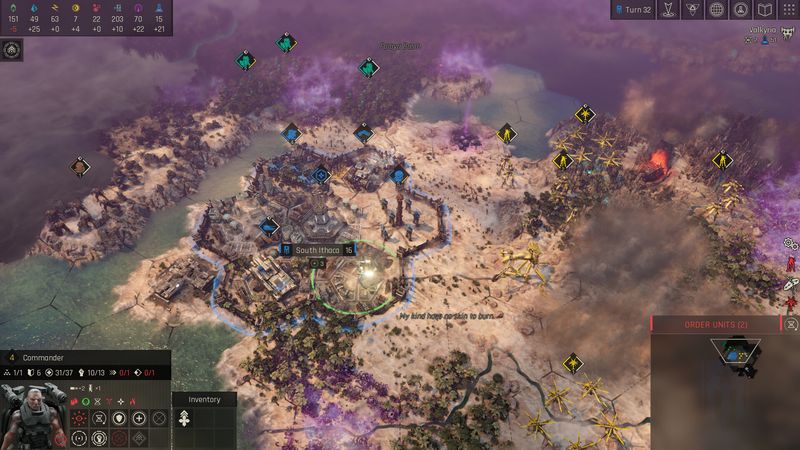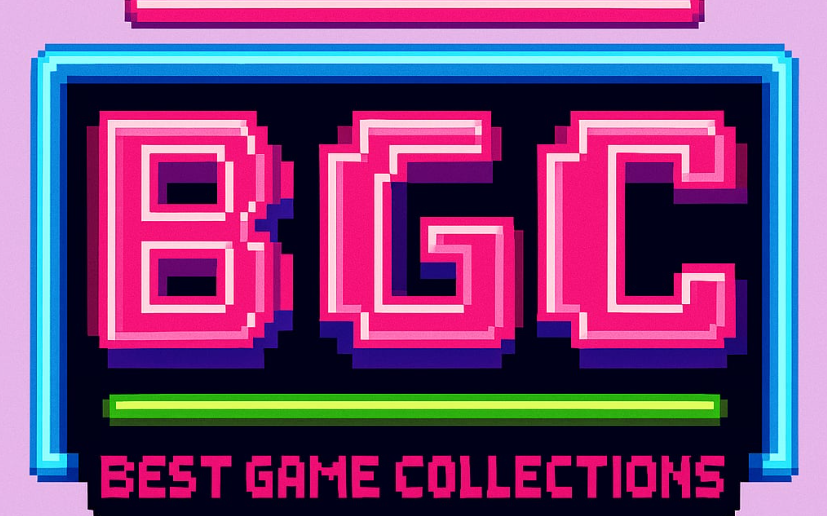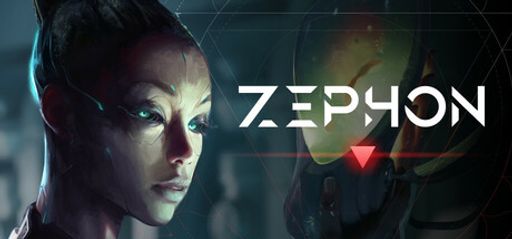Hey! I’ve spent the past week playing ZEPHON, Proxy Studios’ latest 4X strategy game, released on November 8, 2024. If you like fast, action-packed gameplay with a bit of horror, this might be your thing. But if you enjoy building large empires and deep politics, keep reading—you’ll want to see the pros and cons.
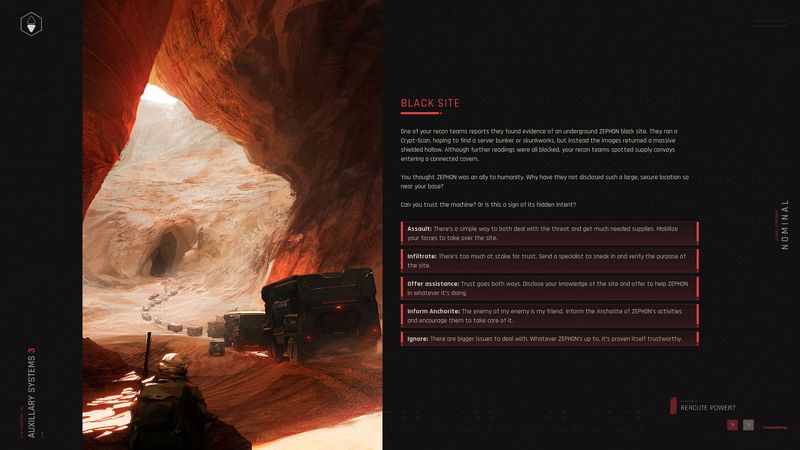
Overall Impressions
ZEPHON is a combat-focused 4X game with strong strategy and a dark sci-fi setting. It’s perfect if you want a shorter, focused game with challenging fights. With one-unit-per-tile battles and weird cosmic disasters, it sets a spooky tone that feels fresh compared to more classic strategy games.
What Stands Out: Sharp Combat and Spooky Setting
The best part of ZEPHON is its battle system. Since you can only place one unit per tile, every move matters—kind of like chess. The creepy, high-tech setting isn’t just for looks. It affects the game, too, with strange events and disasters that keep you on your toes. The game moves quickly, thanks to fast research and flexible rules, which is great if you prefer action over slow empire building.
The Downsides: Small Expansion and Simple Systems
While combat is strong, the city-building part feels limited. You can only grow so much, and loyalty issues can slow you down. Politics and money systems are basic and don’t add much. Even though you can mix tech between factions, it makes them feel less unique. After a few playthroughs, it all starts to feel the same.
ZEPHON feels closer to games like Warhammer 40K: Gladius or XCOM than Civilization. Its fast pace and creepy vibe make it great for strategy fans who want intense battles. But if you love deep politics, trading, or big empire variety, this one might not hold your interest long-term.
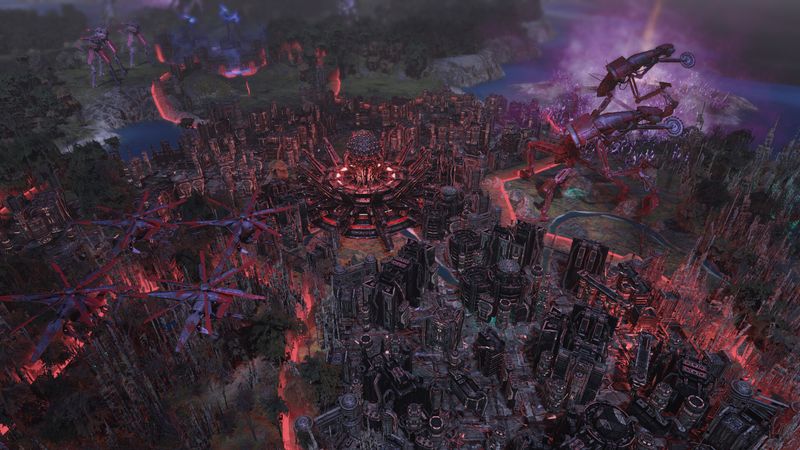
Gameplay Mechanics
Combat is the heart of ZEPHON. You’ll need to plan carefully, use the map to your advantage, and time your attacks right. From ambushing enemies in ruined cities to using toxic zones against them, every fight is a challenge. I had a blast flanking a Hollow Warlord army in the rubble—it really showed how much the map can matter.
Strengths: Focused Tactical Gameplay and Adaptive AI
ZEPHON excels at creating engaging, concise battles. Every encounter feels purposeful, with minimal filler. The inclusion of eight unique leaders, each with unlockable modifiers, enhances replayability and encourages experimentation with different strategic paths. The AI deserves praise—it doesn’t just react but punishes poor positioning and targets exposed units, giving a dynamic edge to combat. The tech tree’s branching paths—covering cybernetics, eldritch rituals, and post-apocalyptic survival—offer plenty of flavor and flexibility across campaigns.
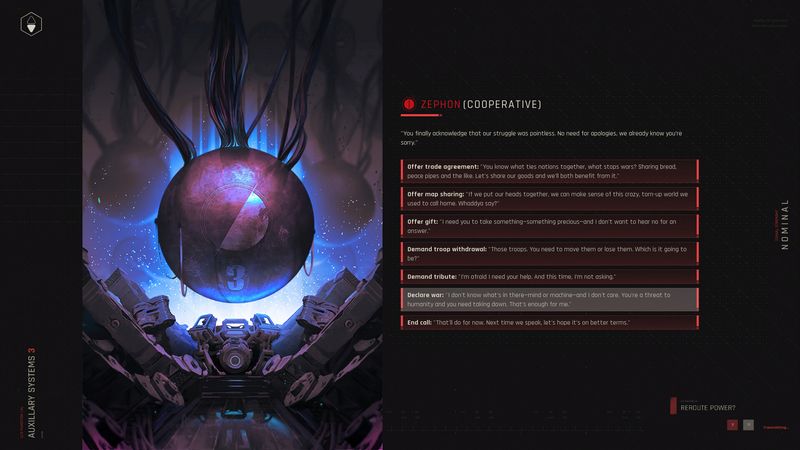
Weaknesses: Forced Combat and Shallow Strategic Layers
While ZEPHON thrives on conflict, its emphasis on mandatory combat may frustrate players who prefer diplomacy or economic finesse. Defensive or passive tactics generally fail, as sitting behind walls invites relentless pressure. Elements like the resource market and NPC factions exist more for thematic flair than strategic impact. Additionally, while early to mid-game mechanics feel fresh, the lack of late-game asymmetry—where any leader can unlock similar high-tier tech—reduces long-term variety. In my second run, going full cyber-horror was a blast visually, but mechanically, the endgame became predictable.
Tactical Thrills, Strategic Limits
ZEPHON offers a satisfying gameplay loop for fans of tactical combat and sci-fi horror aesthetics. Its focused skirmishes, modular tech progression, and intelligent AI provide strong short-term satisfaction. However, those seeking deep diplomatic options, non-combat victories, or long-term mechanical evolution might find the gameplay plateauing after a few runs.
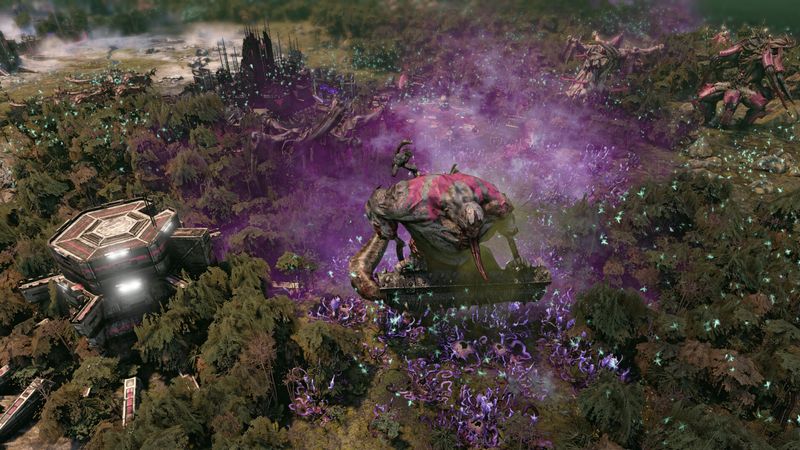
Story and Characters
The game doesn’t have big cutscenes, but the world is rich in short texts and events. I liked hearing my leader react after big moments. There’s no long story, but things like alien storms or creepy ruins keep it interesting. Characters aren’t very deep, but their voices add charm.
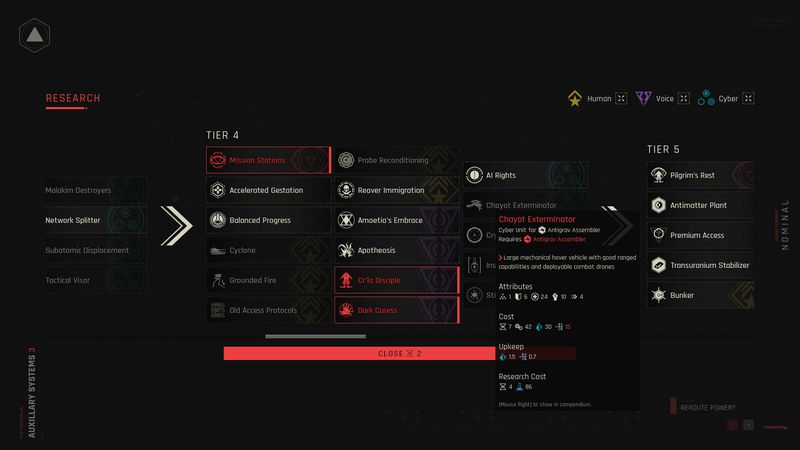
Visuals and Graphics
Proxy Studios really leaned into a grim-dark sci-fi meets cyberpunk toolkit. The maps are moody—twisted spires of metal, cracked highways, bioluminescent fungi creeping over ruins. Unit models are crisp, and animations (especially melee attacks with tentacled horrors) feel smooth. I especially liked the dynamic weather effects—acid rain or ash storms darken the screen and force you to rethink your positioning. It’s not hyper-realistic, but the stylized grit matches the tone perfectly.
Sound and Music
The soundtrack sets a haunting, pulsing atmosphere. It’s a low hum of synths and distant alarms that ramps up when you enter combat. Voice acting is generally solid. Leaders have personality, and unit quips (like a cyborg grunt grumbling “That’s gonna leave a mark”) added charm. A few tank lines felt stiff, but overall the audio side of things really pulls you into a broken-world vibe.
Difficulty and Replayability
I played on normal difficulty and found a fair challenge—AI will punish mistakes, but it won’t steamroll you. Hardcore fans might bump it up for tighter resource margins and smarter enemy tactics. Replay value hinges on experimenting with different leaders, mutators, and the DLC “The Twisted & The Hollow” if you grab it. It adds fresh early-game powers and story hooks, though balance still favors one of the Twisted leaders at the moment. After 30–40 hours, I’d seen most mechanics, but the unlockables and random disaster cards kept me coming back for at least two more runs.
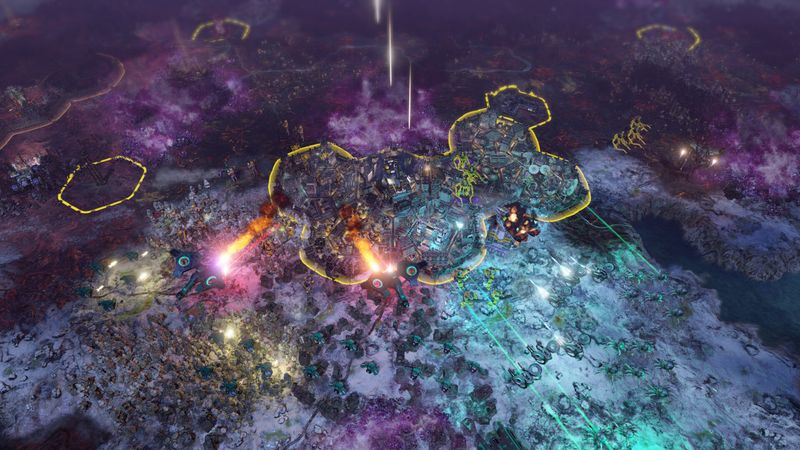
Trivia & Behind-the-Scenes
Understanding the development roots of ZEPHON adds context to its combat-heavy design and sci-fi horror aesthetic. The game comes from Proxy Studios, a compact but seasoned developer team of around 30 developers, best known for their work on Warhammer 40,000: Gladius. Their experience with tightly focused 4X combat clearly informs ZEPHON’s strategic core.
Built on the Gladius Engine, Refined for Tactical Precision
ZEPHON was developed using an enhanced version of the Gladius engine, allowing the team to streamline production while focusing on improved unit interaction, terrain tactics, and faster game pacing. This foundation enabled Proxy Studios to deliver tight, responsive battles without overextending on broader 4X systems like diplomacy or trade.
Future Updates Will Expand the Strategic Canvas
While ZEPHON launched with a combat-first philosophy, post-launch development is already in motion. Proxy Studios has signaled their intent to expand diplomacy, enhance city management, and offer deeper strategic diversity through future patches. This ongoing support could help round out the game’s more limited areas and add new layers of depth for returning players.
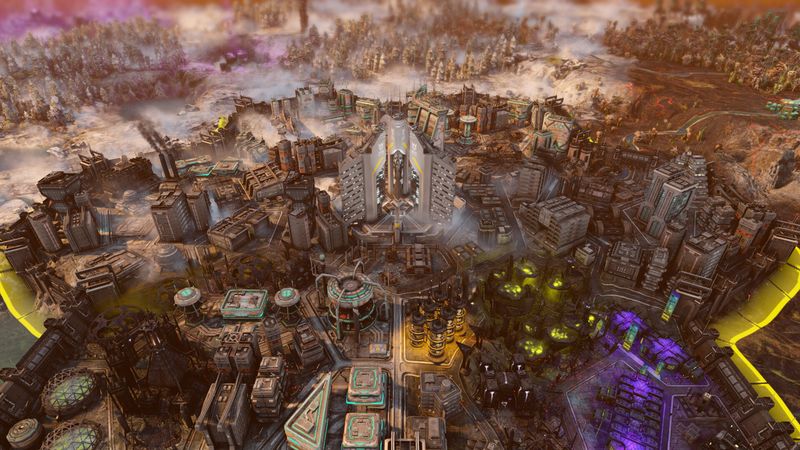
Final Thoughts
ZEPHON isn’t a perfect 4X for everyone—it leans hard into combat and atmosphere, with less emphasis on empire-building bells and whistles. If you love tactical skirmishes, dark sci-fi vibes, and shorter, punchy campaigns, you’ll feel right at home. If you crave sprawling diplomacy and endless city micromanagement, you might want to wait for updates or DLCs to fill those gaps.
My cozy, friendly recommendation: give it a shot on sale. Dive into a few quick battles, savor the grim atmospheres, and embrace the eldritch surprises. Even if it’s not your forever 4X, you’ll have some intense, memorable skirmishes.
Rating: 4 out of 5 stars
Combat shines, atmosphere rocks, but diplomacy and expansion feel a bit limited.
